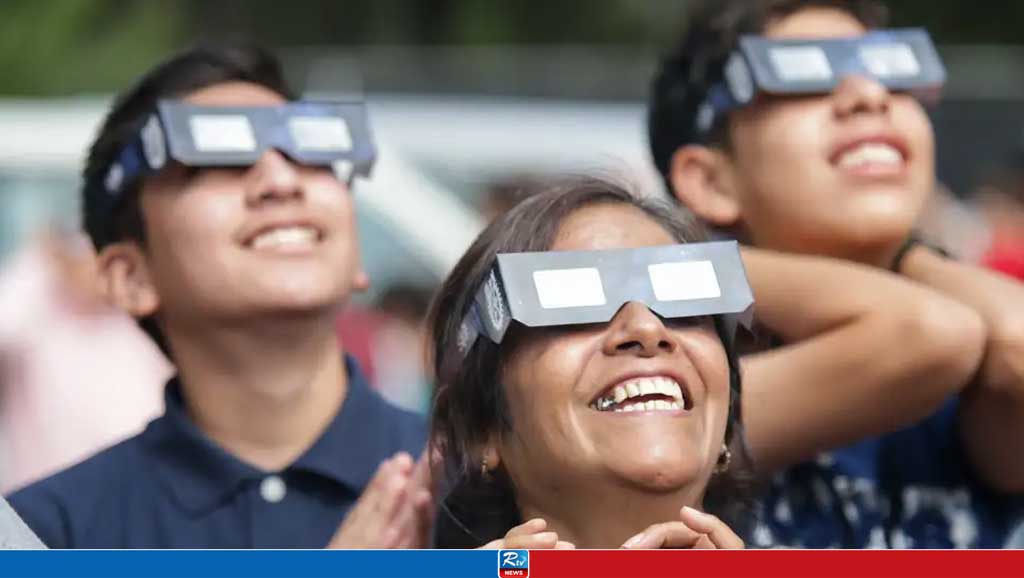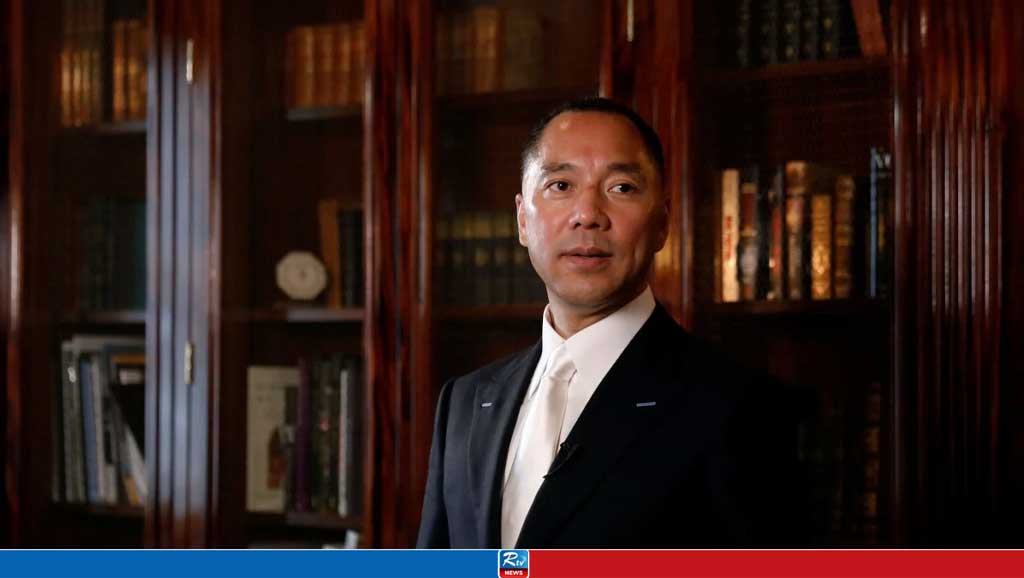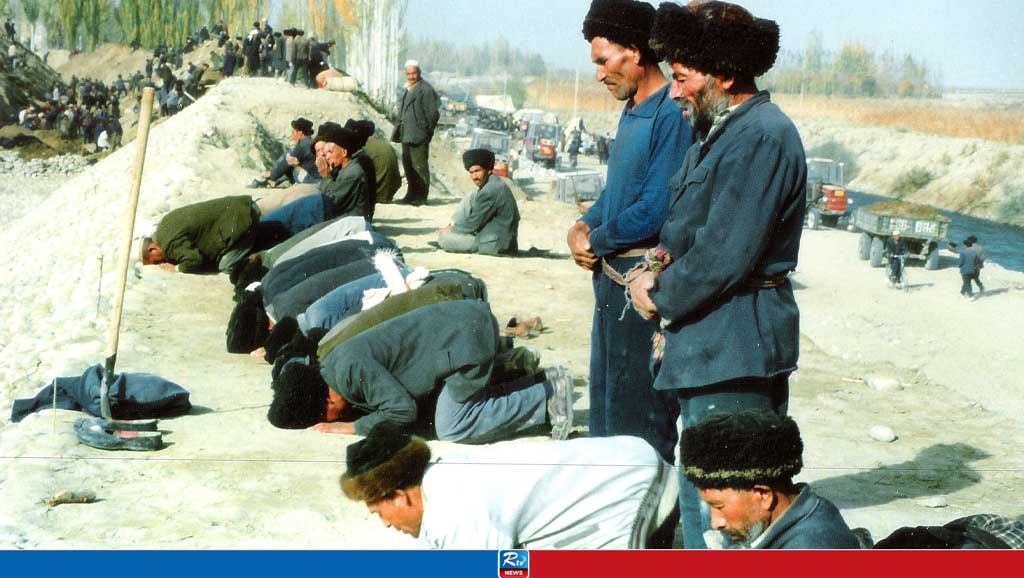Total solar eclipse 2024: A quick guide on what to expect

North America will witness a total solar eclipse on April 8. Find out how and where you can watch it.
Around midday on April 8, 2024, the sky over parts of North America will suddenly go dark for a few minutes.
The reason is a total solar eclipse that will begin over the continent from near Mazaltan, Mexico and go beyond Montreal, Canada, passing through nearly a dozen states in the US. The path along which the total solar eclipse can be seen is approximately 115 miles (about 185 kilometers) wide, according to NASA.
For the millions of people in the path of the eclipse, sunshine will be blocked momentarily, causing a momentary dark dusk-like state during the prime of the day.
Residents will have to wait until 2045 for the next solar eclipse over North America if they miss this one.
What happens during a total solar eclipse?
When the moon passes directly between the Earth and the sun, it blocks out some of the light traveling to Earth and casts a shadow over its surface. This event is called a solar eclipse.
It's no different than your palm causing a shadow on your face when you try to block the sunshine, only eclipses happen at a much larger cosmic scale.
During an eclipse, observers may notice strange crescent-shaped shadows on the floor, a sudden drop in the temperature, and odd behavior among birds and animals.
How to watch a solar eclipse?
It's not safe to look directly at the sun without specialized eye protection for solar viewing, eclipse or not. Direct radiation from the sun can damage the retina.
Viewing the sun through a camera lens, binoculars or a telescope without a special-purpose solar filter will instantly cause severe eye injury.
Make sure to grab a pair of eclipse glasses, or eyeglasses with solar filters, to watch the event. Glasses that have the International Organization for Standardization (ISO) 12312-2 code on the inside are the ones that are safe to wear.
If finding glasses is a hassle, you can make a simple pinhole projector at home, which you can use to see a projection of the sun on a white sheet of paper.
Is a solar eclipse dangerous?
A solar eclipse is simply the moon blocking our sun's view — the moon just causes a shadow and won't introduce any new harmful radiation.
A solar eclipse is not a bad omen, but the moon and the sun making a shadow theater. It's safe to go out during an eclipse.
The eerie ring-like glow you see coming from the sun during a solar eclipse is just your regular sunshine.
So, your food will not go bad during an eclipse. It's safe to cook and eat. And there is no harm for pregnant women, either.
How easy is it to see a solar eclipse?
While total solar eclipses occur nearly every one-and-a-half to two years, many of them sweep across remote areas, making them hard to observe.
The 2024 eclipse will pass through several major cities in the United States including Dallas, Little Rock, Indianapolis, Cleveland, Buffalo and Burlington.
How long you can observe the eclipse, however, depends on where you're watching it from. According to NASA, the 2024 eclipse is likely to be visible for about four to four-and-a-half minutes along the different locations on its path.
If the weather is good enough, the sun's corona — the outer layer of its atmosphere — will be visible from Earth during a solar eclipse.
However, there could be bad weather — there is a high chance of clouds on April 8, 2024, which could obscure the view of the eclipse.
Some parts of New York, Vermont, Maine and Quebec are expected to have better luck with a clearer view than the southern regions along the eclipse's path.
Comments
Italy is overtaking Germany as Europe's economic powerhouse

Lawmakers urge Biden to call out more Chinese biotech firms

Gaza death toll crosses 33,000

US court orders exiled Chinese billionaire Guo Wengui to face fraud indictment

Hong Kong's lost freedom shows Xi Jinping's priorities: Analysis

All people of faith should stand against China’s Uyghur genocide

Climate activist Greta Thunberg arrested in the Netherlands


 Live Tv
Live Tv

